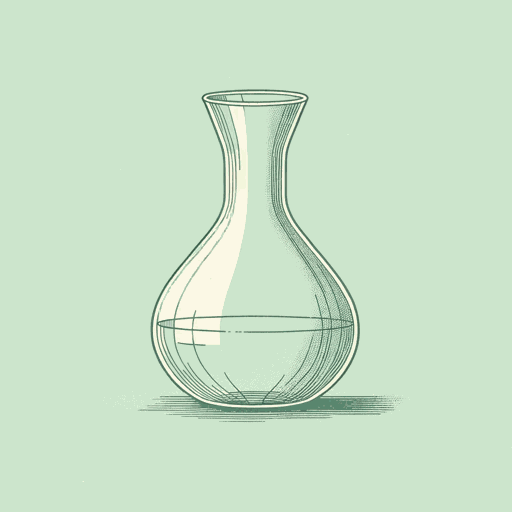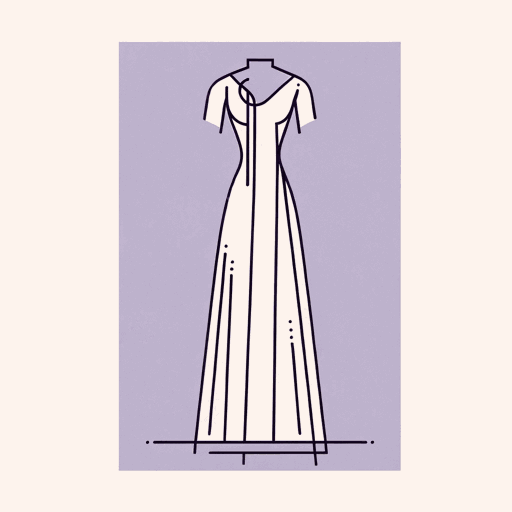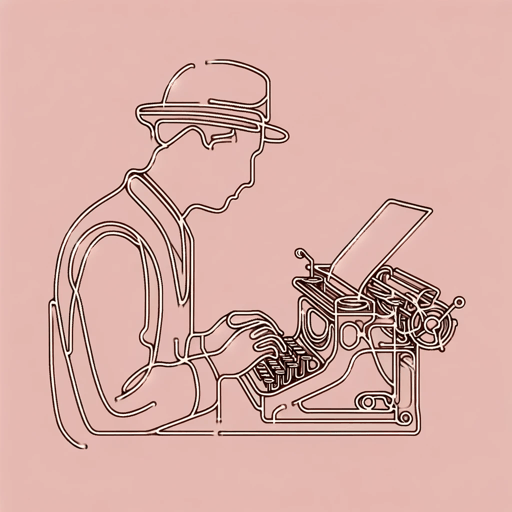21 pages • 42 minutes read
Gertrude SteinA Carafe, that is a Blind Glass
Fiction | Poem | Adult | Published in 1914A modern alternative to SparkNotes and CliffsNotes, SuperSummary offers high-quality Study Guides with detailed chapter summaries and analysis of major themes, characters, and more.
Poem Analysis
Analysis: “A carafe, that is a blind glass”
The title of the poem both starts the poem and introduces the speaker. The speaker of a poem is like the narrator of the story, and the speaker of Gertrude Stein’s prose poem is talkative and confident. The title—“A carafe, that is a blind glass—“ is declarative. With the words “that is,” the speaker asserts their belief that "a blind glass" is another apt term for a carafe. The speaker doesn’t say the carafe is “like a blind glass” or “could be thought of as a blind glass.” With poise and self-assuredness, the speaker declares a carafe “is a blind glass.” At the same time, the speaker isn’t the most laconic of guides. The speaker could have just said a carafe is “blind glass,” yet they add the “that,” which indicates that using language efficiently and economically isn’t a top priority.
Nor is it the speaker's priority to supply a straightforward, conventional representation of the carafe. In the title, the speaker uses personification, as “blind glass” implies that the glass has eyes but can’t see out of them. The personification continues after the title when the speaker calls the carafe, “A kind in glass and a cousin” (Line 1).
Related Titles
By Gertrude Stein






